
For street dancing in public spaces such as parks, the gloves themselves are also equipped with LEDs so that they can be staged anywhere.
- Founder / Project Lead / Prototyping / Interaction Designer / Dancer
Kazunori Hori (2017 - 2020)
Yuta Ide (2017 - 2020)
Shin Kanouchi (2017 - 2018)
Chris Takara (2017 - 2018)
Masaya Tsuruta (2018 - 2020)
Akira Matsuda (2018 - 2020)
Amon Igari (2018 - 2020)
Ippei Tanaka (2018 - 2020)
Fuminori Nagasawa (2019)
Yoji Shibuya (2019)
Motivations / Problems
In addition, it may be hard to discern which moves are difficult or highlight to an inexperienced audience member.
I am a dancer as well, so I would like to change the common sense by increasing the performance vectors of dancers, including myself, and augmenting the body.
Design Process

Research
How do dancers want to perform?
How do audience enjoy the changes of performance?
I have been researching the current state of street dance to increase the resolution of these questions in the following ways.

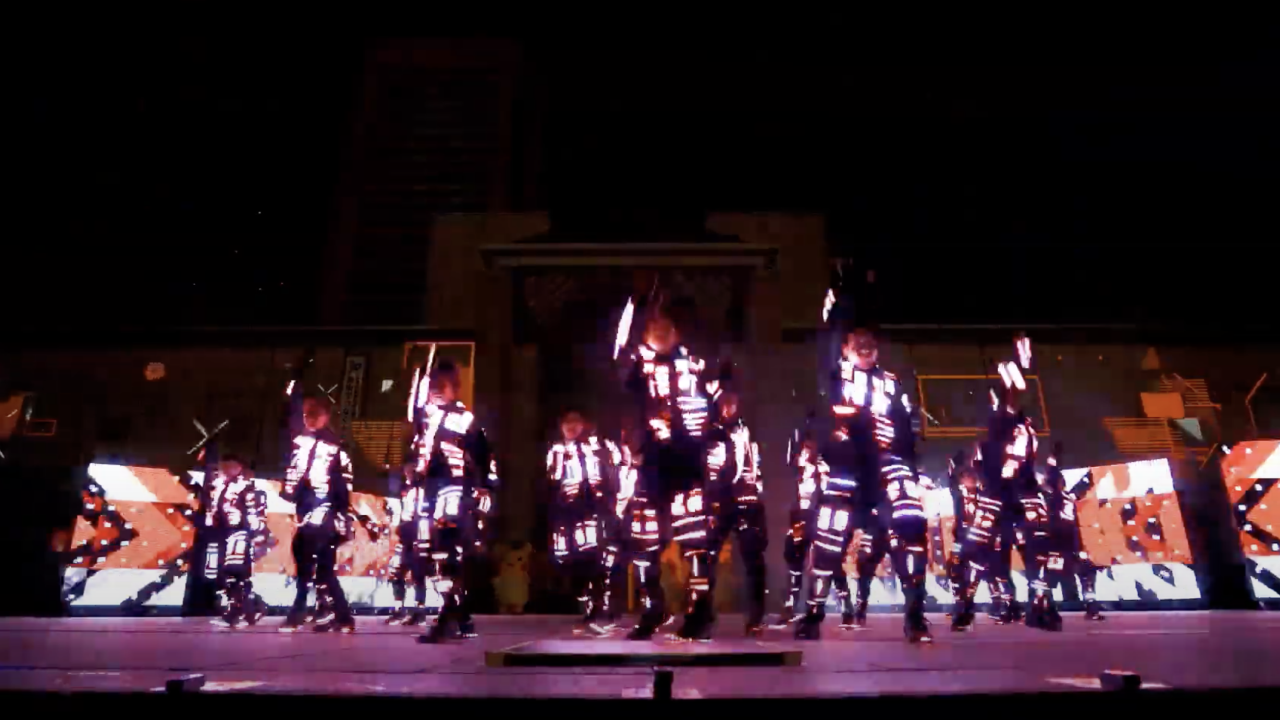
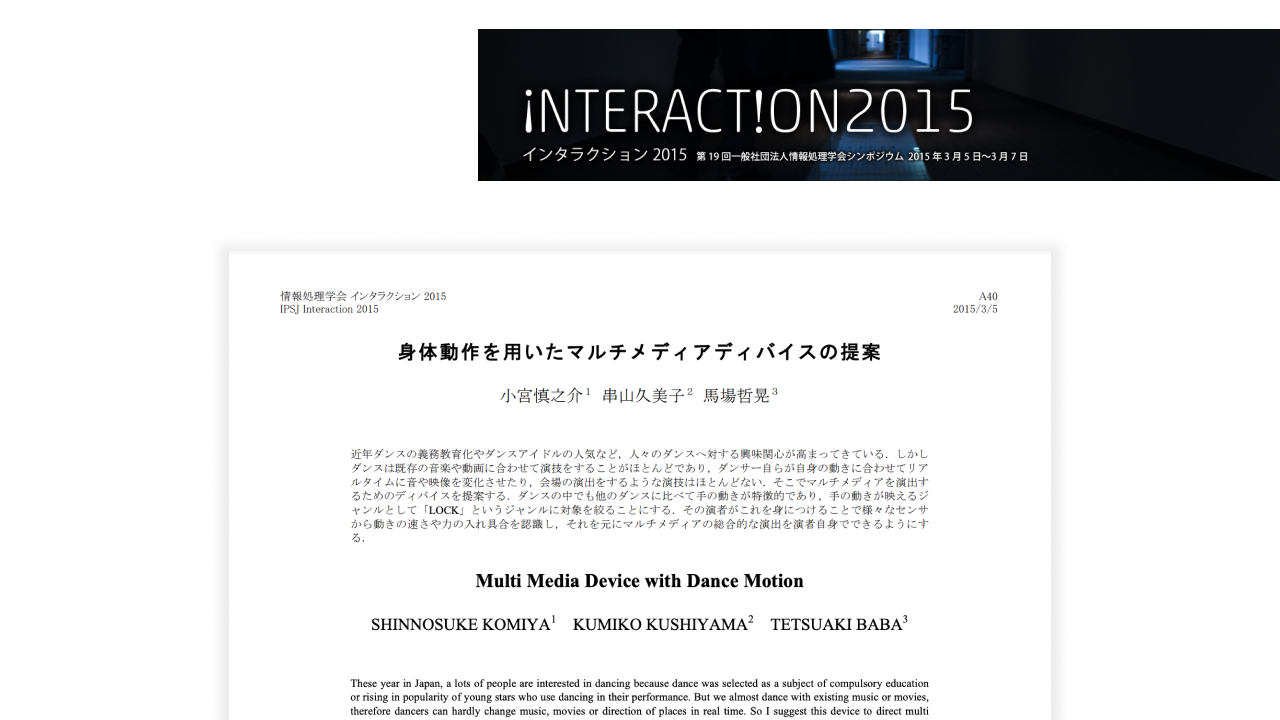
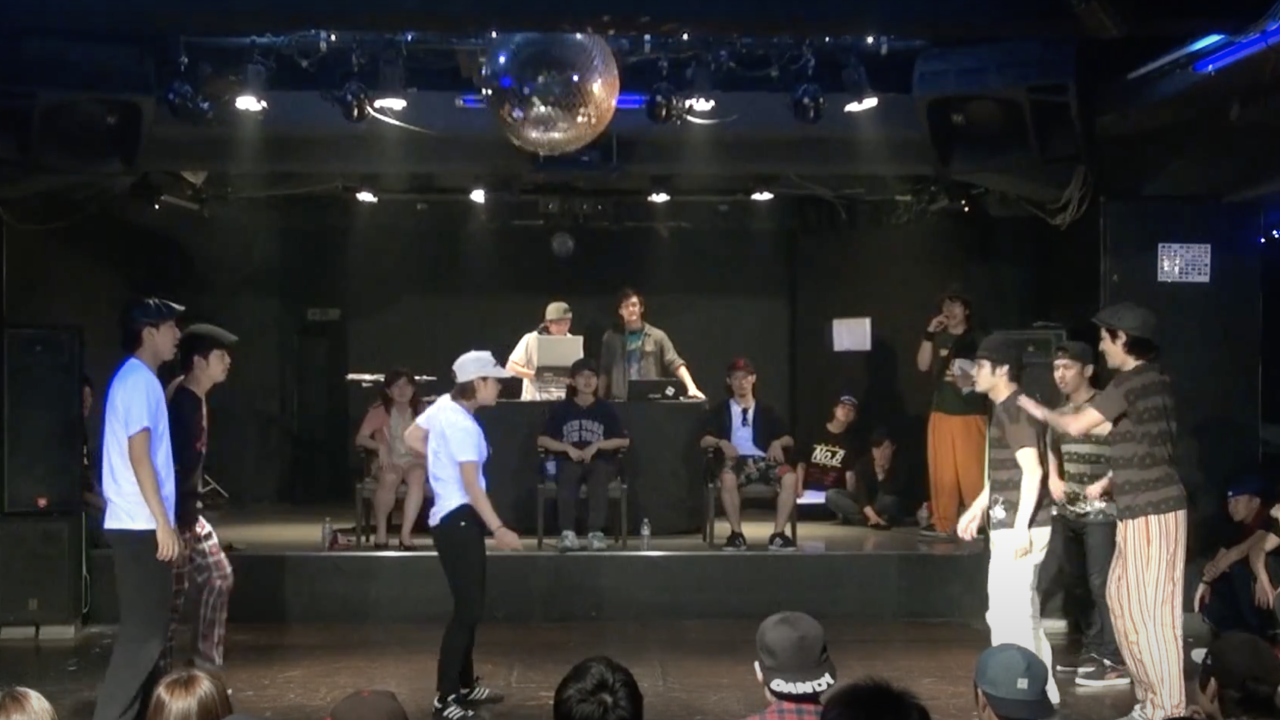
Performance factors
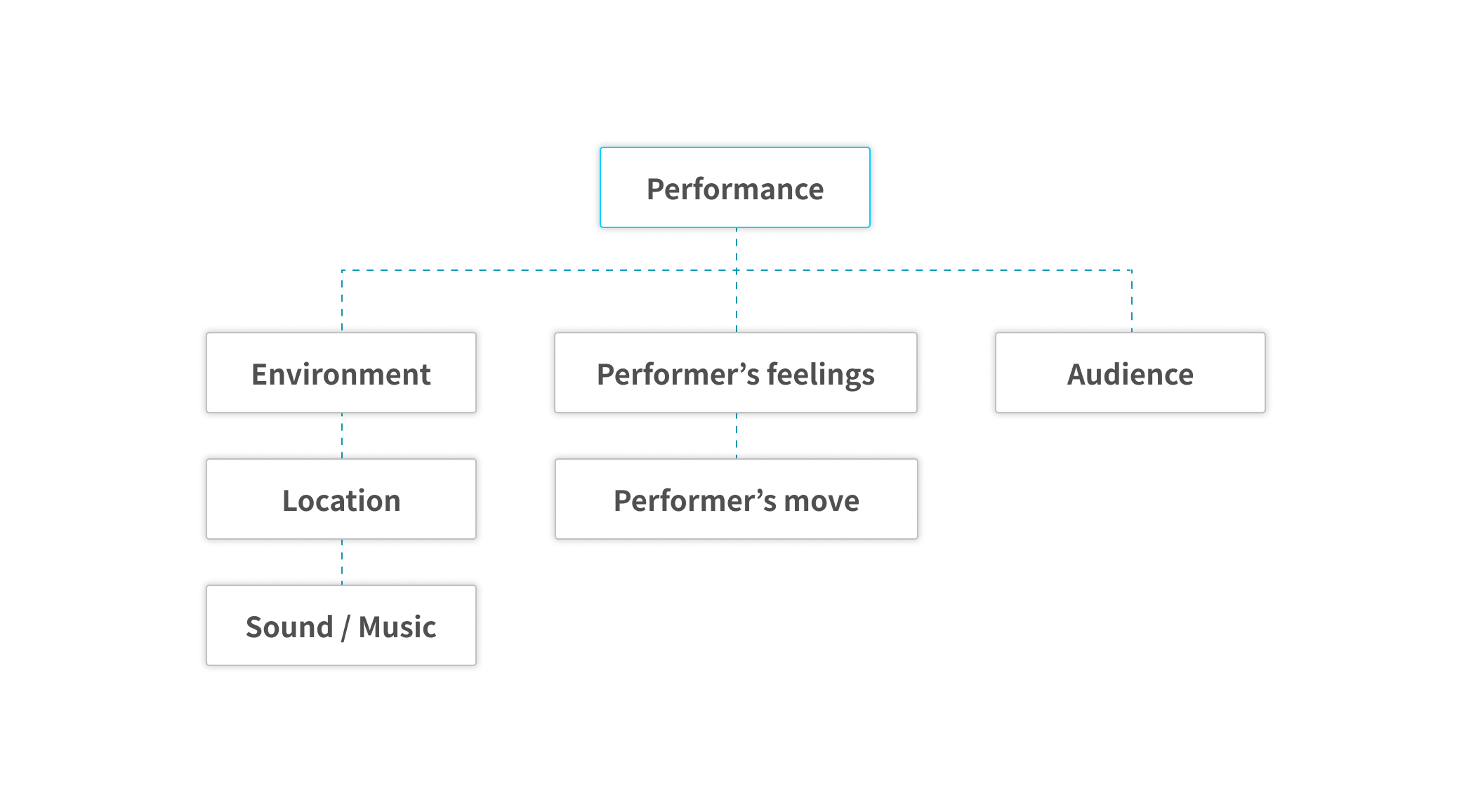

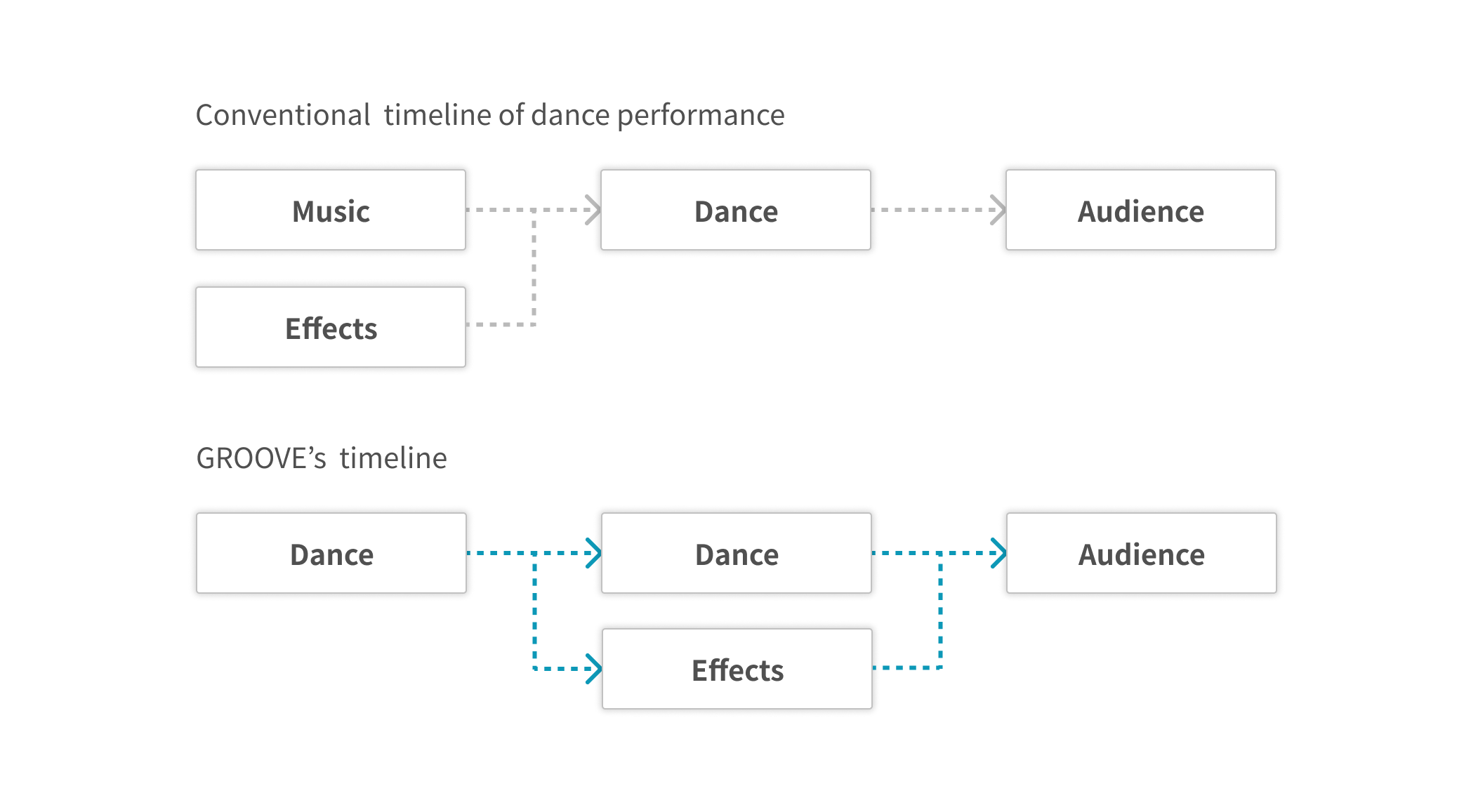
Conventional timeline of dance performance and GROOVE's goal
Prototyping
In order to verify the actual experience, I created a prototype device and tested it myself as a dancer.
At the same time, I also confirmed where the technical difficulties were and set guidelines for the design.
Based on this verification, I asked other dancers to experience the device to get feedback, and also submitted a paper to get academic feedback.
1st Prototyping
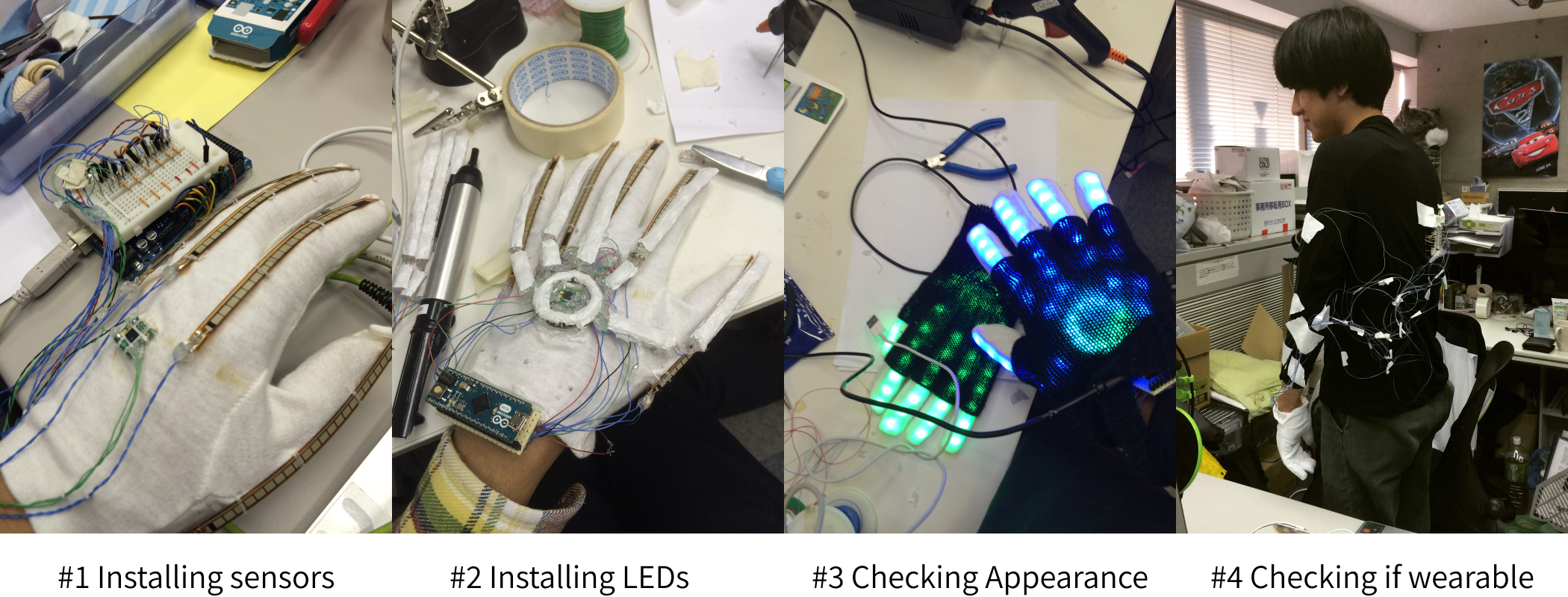
Sensors / Components
I decided to develop this device mainly focusing on a dance called LOCK dance.
LOCK dance includes a lot of arm swinging movements, and I thought that sensing arm swing would allow us to sense a lot of expressions.
Flex Sensor x5
To sense the degree of bending of the fingers, flex sensors are placed on each finger.
6 axis Accelerometer Sensor x1
To sense the swing and rotation of the hand, I placed a 6 axis acceleration sensor on the back of the hand.
Pressure Sensor x1
A square shaped pressure sensor is placed on the palm of the hand to verify if the expression increases with the strength of the hand grip.
LEDs
To sense the swing and rotation of the hand, I placed a 6 axis acceleration sensor on the back of the hand.
First Prototype Video
Submitted academic verbal presentation

I gave an oral presentation at a Japanese conference called Interaction to get feedback from an academic perspective as well.
Iterations
We iterated several times based on the improvements we found from the initial version of the prototype.
Mainly, we strengthened the durability of circuit boards, improved the user experience by developing software, and increased the degree of freedom by making devices wireless.
Improving the circuit board
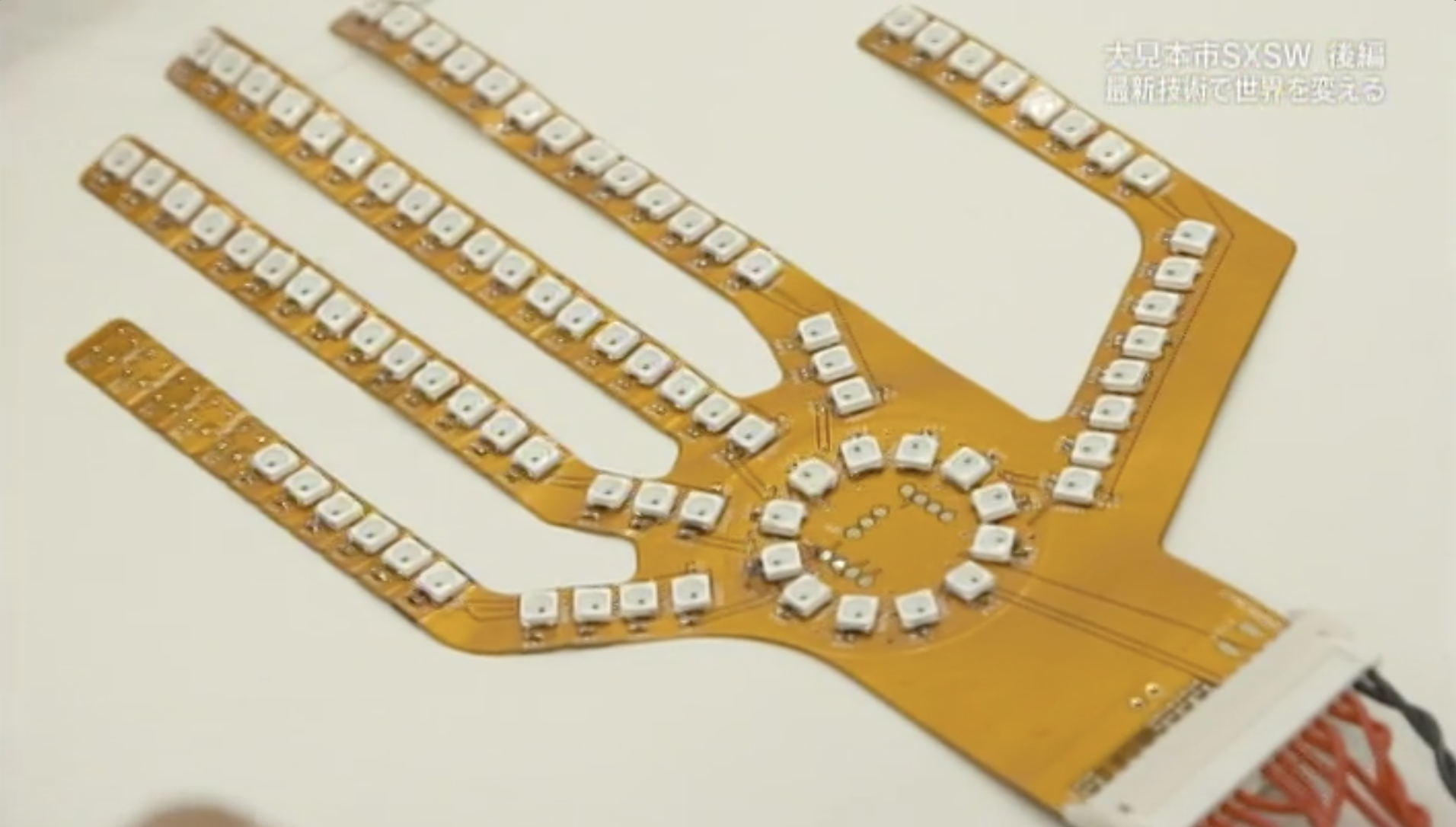

Developing User Interface
The UI was designed to allow users to intuitively decide on the triggering gestures and effects, and to interactively check how the effects they set work.

Exhibiting in SXSW 2017

Performance / Evaluations
After SXSW, based on the feedback from the audience and dancers, we improved the circuit board, housing, and updated the software.
We have changed the flex circuit board to another plastic based company's one to make them more flex.

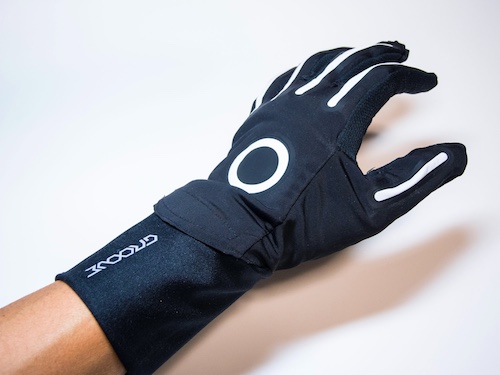
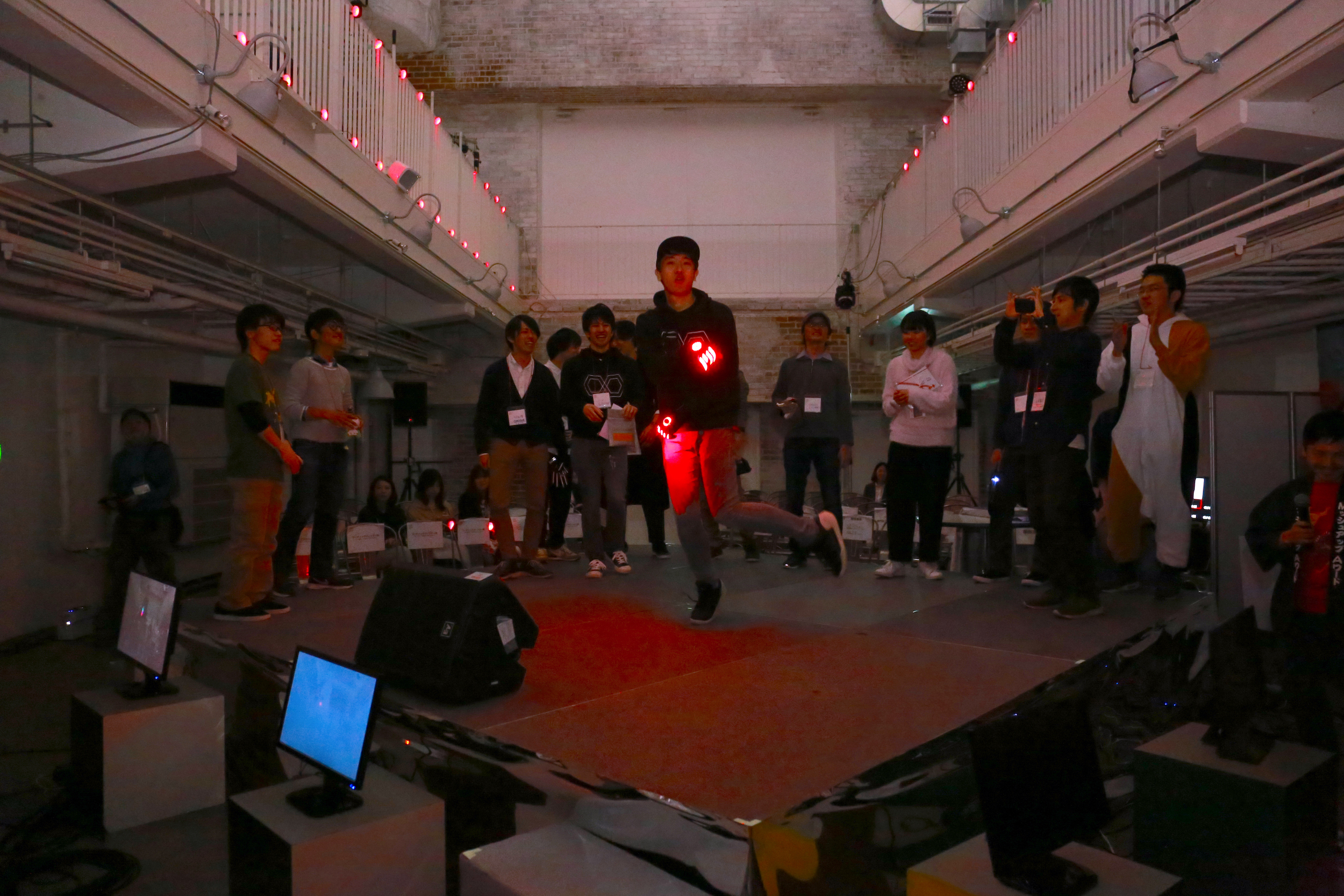
Performance for endurance testing and real audience response @ Mashup Award
Introduction video for new features

LOGO Design by me
Awards


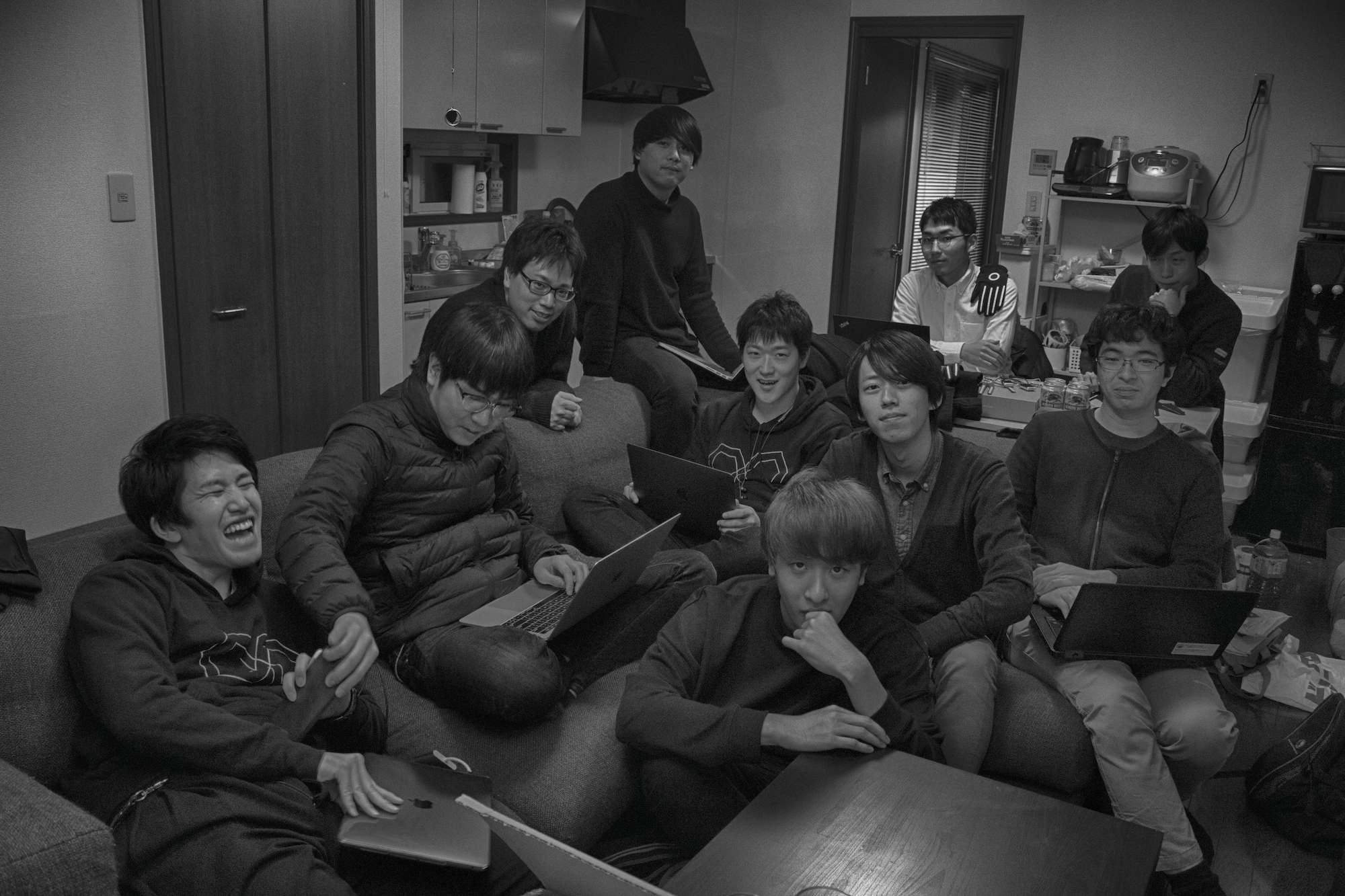
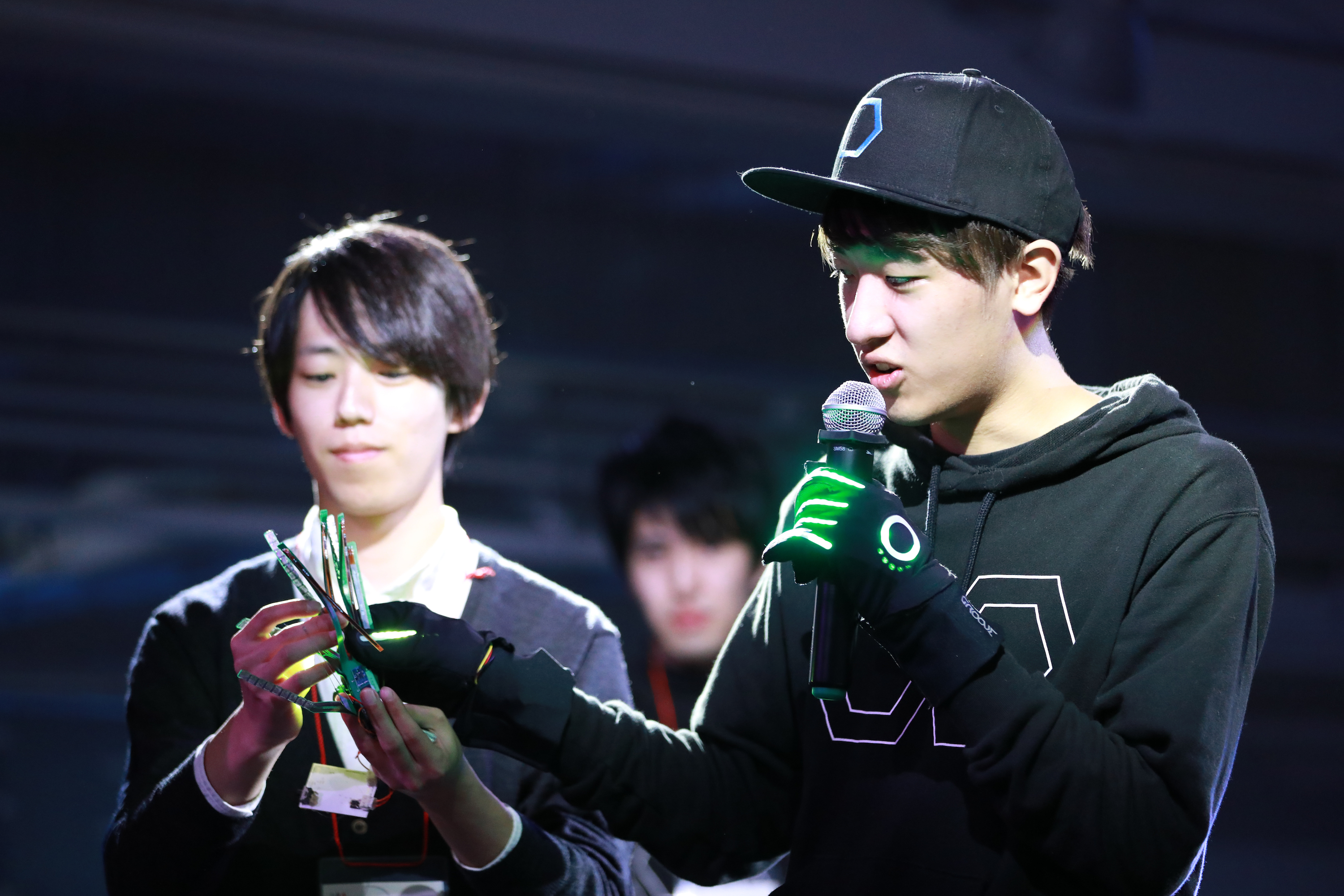
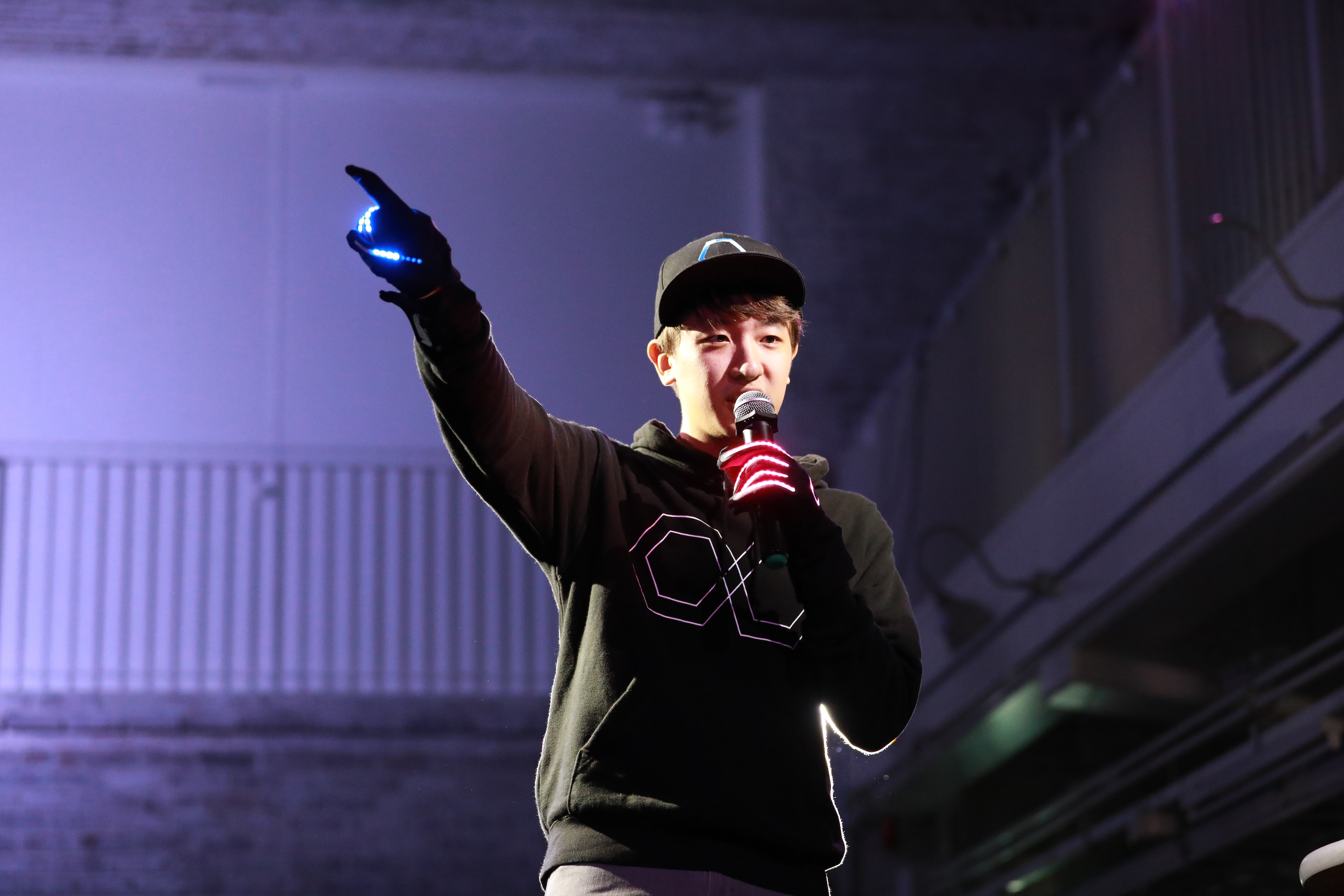

Next Step
GROOVE is revered not only for its concept and product, but also as a next gen IoT device. As a beautiful combination of digital and fabrication, we believe our device has applications beyond dance and can be used for organizing dancers with tech communities.